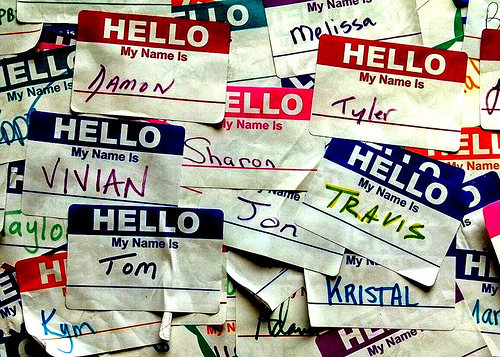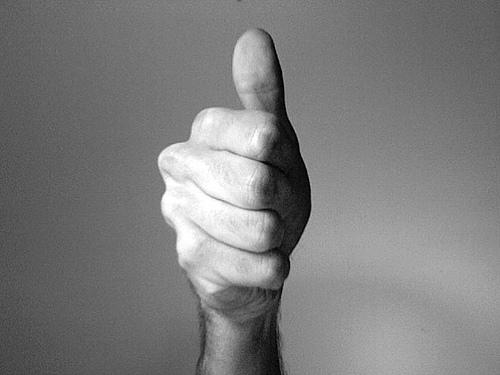It’s okay to say, “No.”
It’s okay to say, “I don’t know.”
It’s okay to be wrong, too — sometimes your intuition points you one way, or the data points you one way, and you end up being wrong. Happens.
It’s okay to ask for what you want.
It’s okay to ask for help. It’s okay to ask uncomfortable questions.
It’s okay to try hard things. And if you’re trying hard things, you should ask for help! Working with smart people on something hard is how you get better.
It’s okay to reach out to smart people — even outside your company — to ask for advice. (Just remember to ask good questions and bring them coffee!)
It’s okay to be the quiet one at work. And it’s okay to be loud, too. Either way, as long as you have a boss who supports you and your team, you’ll be okay. You don’t need to pretend to be someone you’re not to do great work and get noticed. You have a team behind you to support you and your work.
It’s okay to hate meetings. (Everyone hates meetings.)
It’s okay to take your vacation days. (That’s why we gave them to you!)
It’s okay not to respond to that unexpected late-night email from your boss until the next morning. (7-to-7 is fine! But be someone who responds to emails within 24 hours, OK?)
It’s okay do something different, and it’s definitely okay to make mistakes.
It’s okay to feel completely lost.
It’s okay to feel overwhelmed.
It’s okay to be the one who asks a few extra questions to make sure you understand.
It’s okay to pitch big ideas, and it’s okay to be the one who tries to turn those big ideas into big work.
To be honest: As long as you work hard; listen well; respect your team and your co-workers; and show up every day ready to do the work, then it’s okay to be whoever you are. We hired you for a reason. It’s okay to do your thing.
— — —
I picked that photo from Rosan Harmens and Unsplash.com because I was (sorry in advance, but you’ve been warned) … in a reflective mood.










